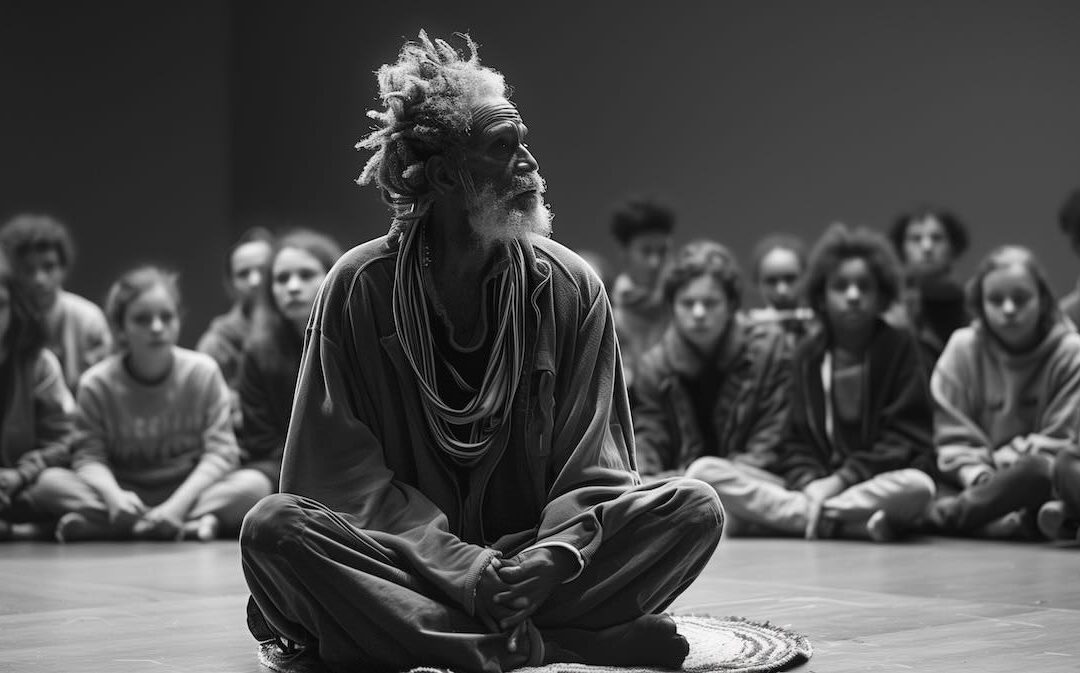In the bustling digital marketplace of ideas, non-profits and mission-driven organizations face a unique challenge: how to cut through the noise and make their voices heard. This is where content creation and strategy come into play, serving as the megaphone for your mission and the bridge between your organization and the hearts of your supporters. Let’s dive into why content is king, especially for those striving to make a difference.
The Essence of Content Creation: More Than Just Words
At its core, content creation is about storytelling. It’s about taking the complex narratives of social change, environmental protection, or human rights and distilling them into compelling stories that resonate with your audience. But it’s not just about telling any story; it’s about telling the right story, in the right way, to the right people, at the right time.
The Hero’s Journey in Non-Profit Narratives
Consider the classic structure of the Hero’s Journey, popularized by Joseph Campbell. In the non-profit world, your beneficiaries, supporters, or even the planet itself can be the hero. Your organization? You’re the wise guide, providing the tools and knowledge for the hero to overcome challenges and achieve transformation.
Imagine a story about climate change where the Earth is the hero, facing the ultimate challenge. Your environmental non-profit provides the wisdom and tools (the metaphorical magic sword) for humanity (the hero’s allies) to help the Earth overcome this threat. This narrative structure can be powerfully applied across various content forms, from blog posts to video scripts.
Unusual Ideas for Non-Profit Content Creation
- Reverse Storytelling: Start with the impact and work backwards. Instead of beginning with the problem, start with a beneficiary’s success and unravel how your organization made it possible.
- Sensory Content Series: Create content that engages all five senses. For a wildlife conservation non-profit, this could mean audio clips of endangered bird calls, texture photos of animal fur, or even scratch-and-sniff cards of forest scents.
- Micro-Documentaries on Staff: Humanize your organization by creating 60-second documentaries about different staff members, from the CEO to the volunteers.
- Interactive Choose-Your-Own-Adventure Stories: Create web-based stories where readers make choices that show them the real-world consequences of different actions related to your cause.
- “A Day in the Life” Time-Lapse Content: Use time-lapse photography or video to show a day in the life of your organization, a beneficiary, or even an object related to your cause (like a recycled plastic bottle).
The Battle for Attention
In today’s digital age, we’re not just competing with other non-profits or even with for-profit companies. We’re competing with everything: the latest viral video, breaking news, social media updates from friends and family. The average person is estimated to encounter between 6,000 to 10,000 ads alone every single day.
This is why your content needs to be not just good, but exceptional. It needs to stop the scroll, to make someone pause and think, “This matters to me.” This is where the art and method of creative writing with a purpose comes into play.
Creative Writing with a Purpose: The Art and Method
Creative writing for non-profits is a delicate balance of art and science. It’s about crafting narratives that are emotionally compelling while also conveying important information and inspiring action. Here are some key principles:
- Know Your Audience: Understand their values, pain points, and motivations. Speak their language.
- Show, Don’t Tell: Instead of stating facts, create vivid imagery that allows readers to experience your impact.
- Use Emotional Triggers: Tap into core emotions like empathy, hope, or even righteous anger, but always offer a path to positive action.
- Create a Sense of Urgency: Help your audience understand why action is needed now, not someday.
- Offer Clear Calls to Action: Always give your audience a way to engage further, whether it’s donating, volunteering, or simply sharing your content.
Different Forms of Content Creation
Now, let’s explore the various forms of content creation and how they can be leveraged for maximum impact:
- Content Strategy Development
This is the foundation of all your content efforts. It involves defining your goals, understanding your audience, and creating a roadmap for your content creation efforts. A good content strategy answers questions like:
- What are our core messages?
- Who are we trying to reach?
- What platforms will we use?
- How will we measure success?
Unusual Idea: Create a visual mind map of your content strategy and share it with your supporters. This transparency can build trust and even inspire new content ideas from your community.
- Blog Post Writing
Blogs are versatile and can be used for everything from impact stories to educational pieces about your cause. They’re also great for SEO, helping people find your organization when searching for related topics.
Unusual Idea: Create a “Myth Busters” series where each post tackles a common misconception about your cause area.
- Whitepaper and E-book Creation
These longer-form pieces allow for deep dives into complex topics. They can establish your organization as a thought leader in your field.
Unusual Idea: Create a “Future History” e-book that imagines the world 50 years from now if your organization’s mission is fully realized.
- Infographic Design
Infographics are perfect for making complex data accessible and shareable. They can quickly communicate impact or explain complex issues.
Unusual Idea: Create an “Impact Arcade” – a series of infographics designed to look like classic video games, where the scores represent your organization’s impact metrics.
- Video Script Writing
Video content is increasingly important in the digital space. A well-written script can make the difference between a video that’s forgotten and one that goes viral.
Unusual Idea: Create a series of “Silent Film” style videos with exaggerated actions and text cards to explain complex issues in a fun, shareable way.
- Podcast Production
Podcasts offer a unique, intimate way to connect with your audience. They’re perfect for in-depth discussions, interviews with beneficiaries or experts, and storytelling.
Unusual Idea: Create a “Time Capsule” podcast where you interview people about their hopes for the future related to your cause, to be reopened and reflected upon in 5 or 10 years.
- Content Calendar Management
This is the logistical backbone of your content strategy. It ensures you’re consistently producing content and aligning it with key dates, campaigns, and organizational goals.
Unusual Idea: Create a public-facing version of your content calendar and allow supporters to “adopt” a day, suggesting content ideas or even contributing guest posts.
The Ripple Effect of Great Content
When done right, content creation isn’t just about getting likes or shares. It’s about creating a ripple effect of change. A well-crafted piece of content can:
- Educate someone about an issue they were previously unaware of
- Inspire a person to take action, whether it’s making a donation or changing a habit
- Build a community of like-minded individuals passionate about your cause
- Influence policy makers by demonstrating public support for your mission
- Attract partnerships with other organizations or corporations
- Boost morale within your organization by showcasing your impact
Your Stories Can Change the World
In the realm of non-profits and mission-driven organizations, content isn’t just king – it’s the kingdom itself. It’s the land where your ideas take root, your impact is showcased, and your community grows. Every blog post, video, podcast, or infographic is a seed planted in the minds of your audience, with the potential to blossom into real-world change.
Remember, you’re not just creating content; you’re crafting the narrative of a better world. Your stories have the power to inspire, to educate, and to mobilize. In a world competing for attention, your mission deserves to be heard. So, wield your words wisely, paint pictures with your data, and let your content be the catalyst for the change you wish to see in the world.
After all, the pen (or keyboard) is mightier than the sword, especially when it’s wielded with purpose, creativity, and a deep understanding of the power of story. Your content isn’t just nice to have – it’s a vital tool in your mission to make the world a better place. So, go forth and create. Your audience – and the world – is waiting.


